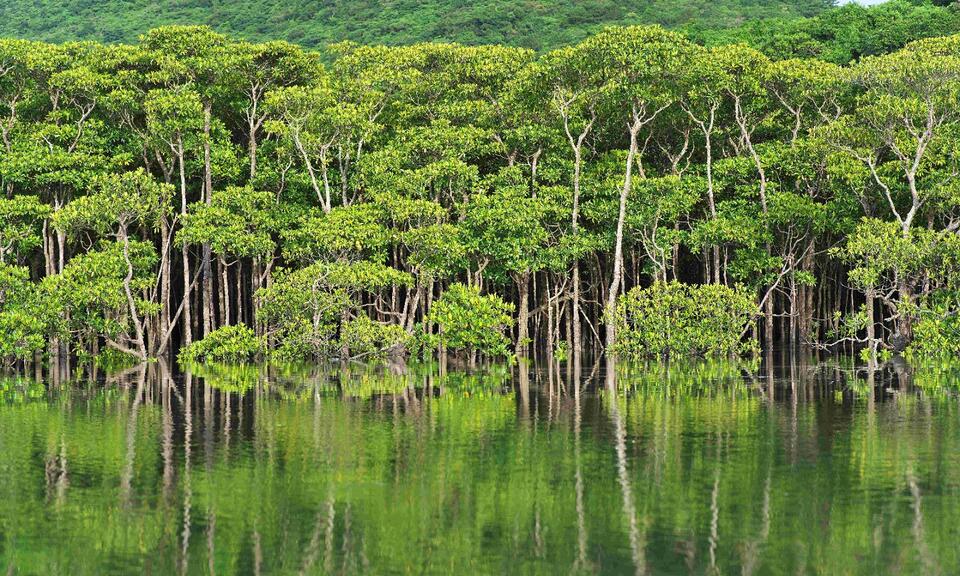
Asia is facing a steadily mounting climate crisis. The region has experienced its hottest winter on record, while the International Monetary Fund (IMF) predicts that by the mid-2020s rising waters will impact nearly a billion people in the region.
Asia is not only subject to climate crises, but to a nature emergency through a continued loss in habitat and species loss. This loss is exacerbated by the fact that global warming and nature loss are closely intertwined through feedback loops.
Nature investments represent a logical and powerful response to the combined climate and nature emergency in Southeast Asia. While the public sector must assume overall responsibility, private capital has a role to play in furnishing the US$200 billion per annum that could be required in the region.
The objective of the report is to offer investors a menu of investment options. A range of these exist; from ‘armchair investing’ in fixed income markets with little need for detailed understanding, to money directed at real assets where investors are tied in over time. We offer two case studies: one outlining different investment vehicles for mangrove investing and another proposing a biodiversity linked sustainability-linked bond (SLB) for a sovereign issuer. While these are very different in terms of their investment profile and impact on creating additional financial flows, they are all part of mainstreaming nature into the investment agenda.
Although important as a price signal at present, we warn against overreliance on the carbon market to provide the investment case for nature. Instead, we recommend a holistic view, where investing in nature can be seen as a risk mitigation and diversification strategy and as a way of future-proofing portfolios.
This research is supported by the Singapore Green Finance Centre.